Tallahassee’s Top Ceiling Fix: Save Money, Eliminate Black Mold Now!
Are you tired of dealing with leaky ceilings and the costly, time-consuming process of black mold re…….
Introduction
Mold is a pervasive issue that affects homes, businesses, and public spaces across the globe, including Tallahassee, Florida. Black mold, in particular, is a common type of mold known for its potential health risks and structural damage to buildings. This article delves into the intricacies of black mold remediation within the context of Tallahassee, exploring the multifaceted approach required to effectively manage this challenge. We will uncover the critical aspects of identifying, mitigating, and removing black mold, as well as the broader implications for public health and property preservation.
Understanding Tallahassee Black Mold Remediation
Tallahassee Black Mold Remediation encompasses a systematic approach to addressing mold infestations, particularly those caused by Stachybotrys chartarum, the strain of mold commonly referred to as “black mold.” The remediation process involves identifying the presence of mold, assessing its type and extent, and employing specific protocols to remove it safely and effectively. This includes containment, removal, cleaning, and post-remediation verification to ensure that the mold has been successfully eradicated.
The historical context of black mold remediation in Tallahassee reflects a journey from initial awareness to more sophisticated understanding and treatment of mold-related issues. Today, Tallahassee stands as a case study for effective black mold management due to its specific climate, building types, and regulatory environment.
Global Impact and Trends
The impact of black mold remediation extends beyond local borders, influencing global public health, building standards, and environmental conservation efforts. Key trends shaping the trajectory of black mold remediation include increased awareness of its health risks, technological advancements in detection and removal, and a growing emphasis on sustainable practices in construction and renovation to prevent future infestations.
Different regions are affected by black mold in varying degrees, depending on climate, humidity levels, and building materials. For instance, areas with high humidity or those prone to flooding are at greater risk. The global approach to remediation reflects a collaborative effort among scientists, health professionals, and policy makers to address this common yet complex issue.
Economic Considerations
The economic aspects of black mold remediation in Tallahassee are significant. Market dynamics include the demand for specialized remediation services, the cost of materials and labor, and the associated insurance claims. Investment patterns reveal a growing industry focused on preventing, identifying, and remediating mold-related problems.
Black mold remediation plays a crucial role in economic systems by impacting property values, health care costs, and insurance industries. It also stimulates job creation within specialized trades and fosters innovation in building materials and technologies designed to resist mold growth.
Technological Advancements
Technological advancements have been instrumental in improving the detection, assessment, and remediation of black mold. Innovations include advanced imaging techniques like infrared cameras that can detect moisture behind walls, biocide compounds that effectively kill mold spores, and HEPA filtration systems for air purification.
The future potential of technology in black mold remediation is vast, with ongoing research into bio-remediation methods using natural microorganisms to break down mold, development of more efficient containment materials, and the integration of smart home technologies that monitor humidity and moisture levels to prevent mold growth.
Policy and Regulation
The regulatory framework governing black mold remediation in Tallahassee is comprehensive, encompassing federal, state, and local regulations. Key policies include guidelines for indoor air quality, standards for construction and renovation practices, and protocols for handling hazardous materials. These regulations are crucial for ensuring the safety of residents and workers, as well as for protecting public health.
Legislative frameworks not only dictate remediation procedures but also incentivize preventive measures in new construction and building retrofits. Compliance with these regulations is essential for compliance and legal protection for remediation professionals and property owners.
Challenges and Criticisms
Black mold remediation faces several challenges, including public misconceptions about the dangers of black mold, the variability in environmental regulations across jurisdictions, and the economic burden on homeowners and businesses. Criticisms often arise from a lack of standardization in remediation practices, which can lead to inconsistent outcomes and mistrust among stakeholders.
To address these issues, actionable solutions include enhancing public education campaigns, advocating for more uniform national standards, and promoting research into the health effects of black mold exposure. Additionally, encouraging collaboration between industry professionals, regulators, and researchers can lead to improved practices and outcomes in black mold remediation.
Case Studies
Several case studies from Tallahassee illustrate successful applications of black mold remediation. One such example involves a local school that experienced a significant mold infestation. Through swift action, adherence to strict protocols, and effective communication with stakeholders, the school was successfully restored to a safe learning environment without incurring lengthy downtime or excessive costs.
Another case study highlights a residential remediation project where advanced technology was employed to detect and remove mold, resulting in a healthier living space for the residents and setting a benchmark for future projects. These case studies provide valuable insights into best practices and lessons learned in the field of black mold remediation.
Conclusion
Tallahassee’s approach to Black Mold Remediation represents a multifaceted effort that integrates scientific expertise, economic considerations, and regulatory oversight. By addressing the challenges and building on the successes of past efforts, Tallahassee continues to lead by example in effectively managing this pervasive environmental health issue. The future of black mold remediation in Tallahassee and beyond promises to be a blend of innovation, improved practices, and increased awareness that will further protect public health and preserve property values for generations to come.

Are you tired of dealing with leaky ceilings and the costly, time-consuming process of black mold re…….
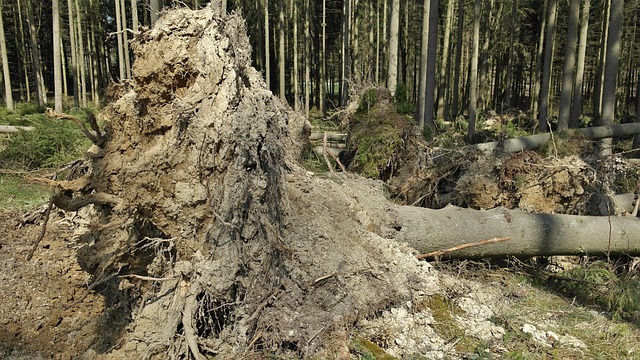
Are you worried about the potential health risks and property damage caused by black mold in your Ta…….
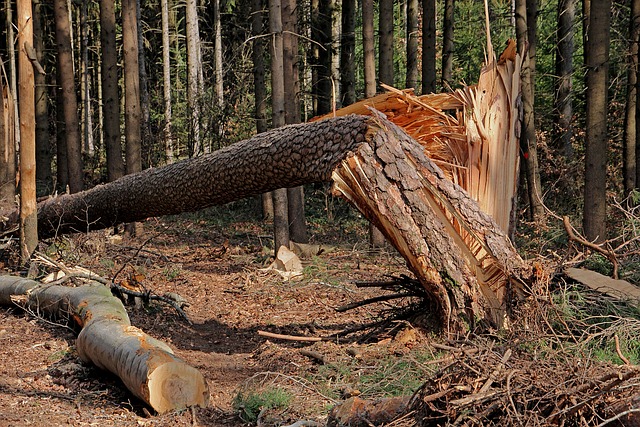
Are you a Tallahassee homeowner dealing with storm damage and the devastating spread of black mold?…….

Are you concerned about the health and safety of your home in Tallahassee? Black mold can pose serio…….
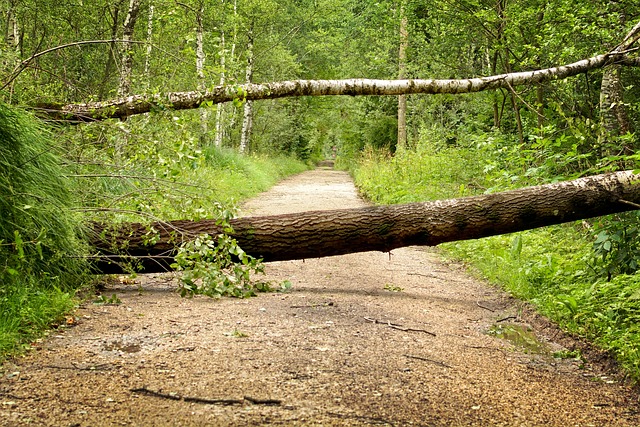
Are you worried about the health risks associated with black mold in your Tallahassee home? Look no…….
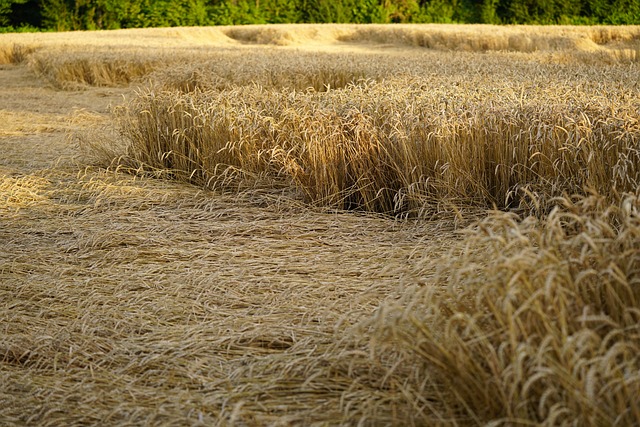
Are you tired of dealing with flooded carpets and the potential health risks of black mold in Tallah…….
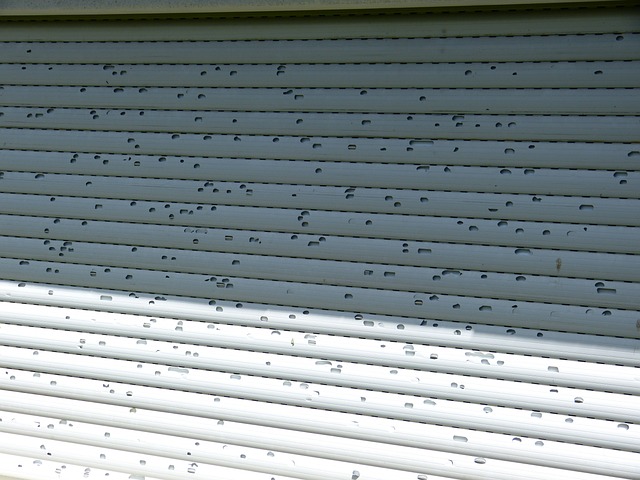
Save Your Home from Black Mold with Fast DehumidificationFree Tallahassee Flood Restoration: Expert…….
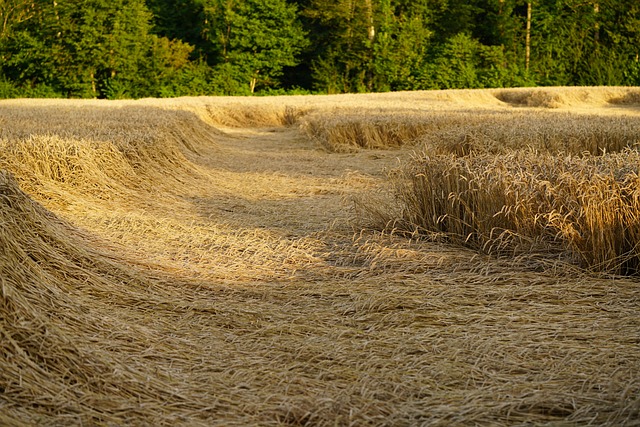
Are you tired of dealing with the aftermath of a burst pipe? Water damage can lead to costly repairs…….

Are you a Tallahassee homeowner concerned about the potential health risks of black mold? Look no fu…….
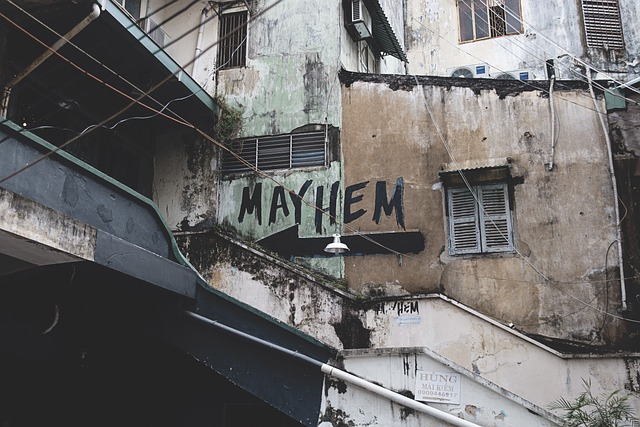
Are you tired of dealing with the unsightly and harmful effects of black mold in your Tallahassee ho…….